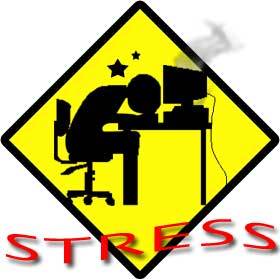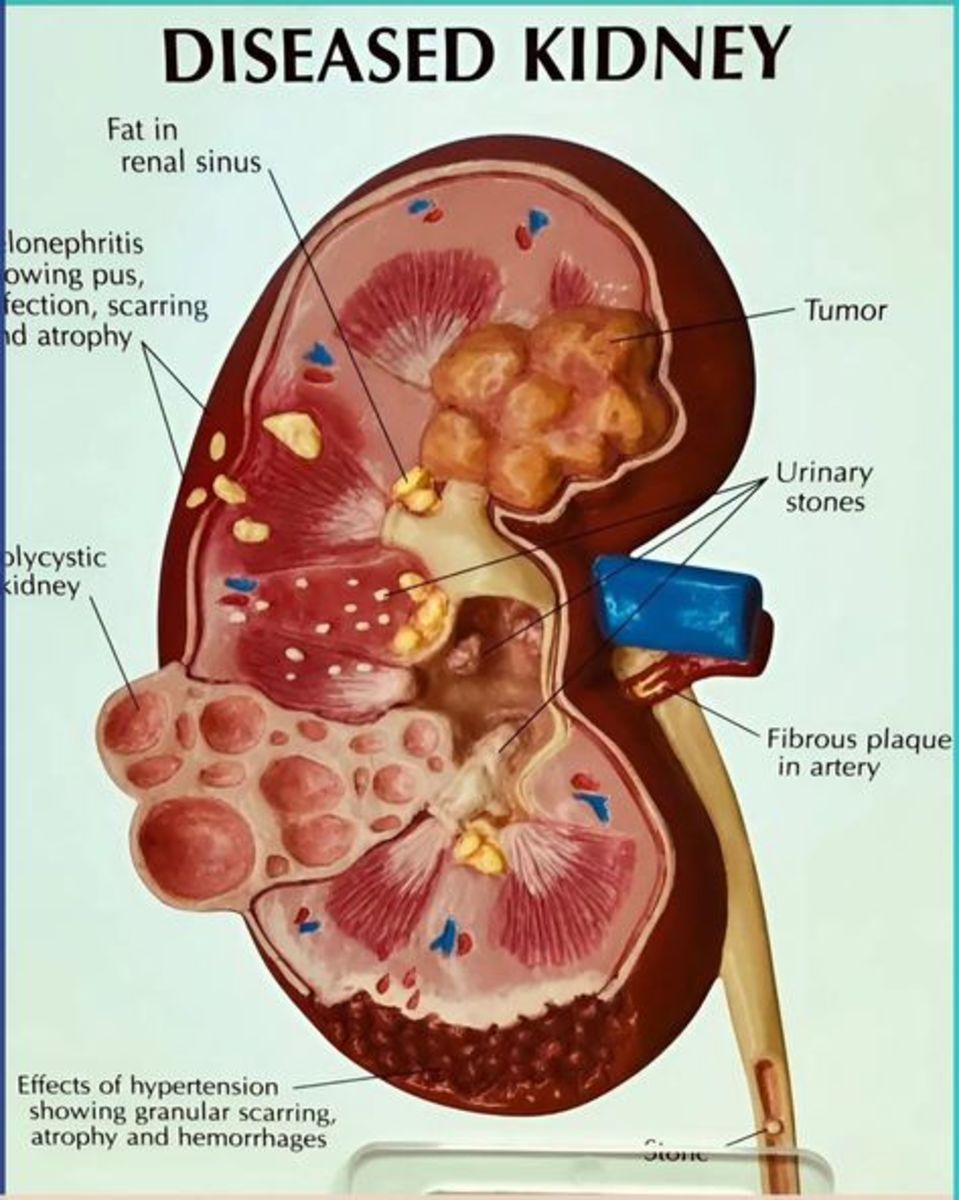Managing Stress

Managing Stress
When you are stressed your brain communicates a fight or flight response. Over a prolonged period in that continued alert state a body can suffer and the stress can lead to health problems. A few examples of the health problems created by stress are colds, upper-respiratory infections, bladder infections, headaches, migraines, high bold pressure, weigh gain, nausea, diarrhea, constipation, heart disease, and depression. There are many stress management techniques that can be incorporated in a work setting. Although “there are hundreds of different relaxation techniques to help manage stress, including yoga, guided imagery, biofeedback, tai chi, qigong, and progressive muscle relaxation” (Stoppler, MD, 2012); a new wellness program should include a variety of programs that focus on time management, organization skills, exercise, stress inoculation, downshifting, and a relaxation technique like breathing or meditation. “Managing stress by learning simple coping mechanisms: assessing stressors, changing responses, and learning to cope; what works best for you—probably some combination of managing emotional responses, taking action, downshifting, learning time management, or using alternative stress-management techniques—will help you better cope with stress in the long run” (Donatelle, 2010). Each technique’s effectiveness are contingent based on the individual, the circumstance, and the nature of the work environment. Each technique will appear according to usefulness and over-all value to reduce stress within the work atmosphere.

Time Management
Time management is an effective stress management technique because many employees suffer with an inept ability to control their personal work environment, including creating an operational work flow. “You probably know that managing your time effectively will help you get more done each day, but it has important health benefits, too; by managing your time more wisely, you can minimize stress and improve your quality of life” (Mayo Clinic, 2012, p. 1). It is crucial that an employee make the most of the time allowed during a work day or night. Companies can make money or lose money based on the efficiency and accuracy of an employee. When an employee can prioritize work assignments correctly, more money can be made or saved. A manager can work with an employee to identify what order work assignments should be completed in.
Organizational Skills
Organizational skills or the lack thereof can contribute to stress because when an employee cannot find the needed work, or is easily distracted, or confused by the piles on the desk it can contribute to productiveness, and over-all happiness and fulfillment an individual will experience. “Efficiency is perhaps the greatest advantage of organizational skills, an organized professional will spend less time correcting mistakes, searching for information and fixing any clutter; more time saved means more time for doing productive things” (Writing, 2012, p. 1). An organizational psychologist on staff or in a temporary capacity can be recruited for the betterment of staff to increase organizational knowledge.
Breathing and Mediation
Breathing techniques and mediation can be successful in reducing the daily stressors in the work-place. When an employee is faced with a stressful situation or a complicated personality type, it is helpful to momentarily excuse one’s self to employ a deep breath. Meditation on a small-scale can be engaged on an employee break or lunch hour in an office or vehicle. “Diaphragmatic breathing is deep breathing that maximally fills the lungs by involving the movement of the diaphragm and lower abdomen; this technique is commonly used in yoga exercises and in other meditative practices” (Donatelle, 2010, p. 52).
Excercise
Exercise can capture and use the released stress hormone called Cortisol present during stressful situations that can include the daily operations an employee deals with. “Exercise can decrease ‘stress hormones' like Cortisol, and increase endorphins, your body's ‘feel-good’ chemicals, giving your mood a natural boost (this is the chemistry behind a runner's high)” (Scott, M.S., 2012, p. 1). When Cortisol is released an is not properly spent, it is stored in the body and can lead to obesity, heart disease, strokes, fatigue, and a list of other health related impairments. Exercise that be completed on two additional breaks offered through the wellness program could be walking inside around the building, taking a twenty-minute walk outside, or stretching exercises that can be done at the work station. “To achieve wellness, you have to feel good about yourself. Feeling good about yourself is called having positive self-esteem; you can be free of disease, you can feel good, you can have good friends, and be physically fit, but if you don't feel good about yourself you have not reached a state of wellness” (Daily News, 2009, p. 1).
Stress Inoculation and Downshifting
Stress Inoculation is a preventive measure to deal with stress before the particular stress presents. If an individual or employee is exposed to smaller versions of what is feared it lessens the overwhelming stressor. “Some health experts compare stress inoculation to a vaccine given to protect against a disease; regardless of how you cope with a situation, your conscious effort to deal with it is an important step in stress management” (Donatelle, 2010, p. 49). A manager can work with employees on an individual basis or through team building exercises at staff meetings with an emphasis on Stress Inoculation.
Downshifting is described when an individual intentionally simplifies the personal work environment, or life. “Downshifting involves a fundamental alteration in values and honest introspection about what is important in life; when you consider any form of downshift or perhaps even start your career this way, it’s important to move slowly and thoughtfully” (Donatelle, 2010, p. 50). Downshifting can be applied by an employee by carefully evaluating one’s career path in respect to job promotions and the cause and effect of accepting more responsibility, and pay versus the additional stress it will cause. A manager can be instrumental in explaining the positive elements of a promotion as well as time and effort drawbacks
“There are four groups of factors which create stress at work: role factors, job factors, physical factors, and interpersonal factors; the relative importance of each in causing stress depends in part upon the kind of organization involved; role’s and job’s are the primary stressors for employees and manager” (Quick & Quick, 1979, p. 1). Some stressors are completely within the employees control while some are not. It would be valuable for an employee to develop the ability for introspection, and spend time making beneficial decisions that can assist in stress reduction.
Resources
Daily News(2009). Stress management through mental health. Retrieved June 6, 2012 from ProQuest
Donatelle, R.(2010). Access to Health, Green Edition. Chapter 3: Managing Stress. Coping withLife’s Challenges, Pearson Education.
Scott, E. M.S.(2012). Exercise and Stress Relief: Using Exercise as a Stress Management Tool. Retrieved June 6, 2012 from Mayo Clinic(2012). Time management: Tips to reduce stress and improve productivity. Retrieved June 6, 2012
Quick, J.C. & Quick J.D.(1979). Reducing Stress Through Preventive Management.Human Resource Management Fall1979, Vol. 18 Issue 3, p15-22, 8p, 1 Diagram, 2 Charts. Peer Reviewed through ProQuest.
Stoppler, M., MD.(2012). Stress Management. Retrieved June 6, 2012
Writing, A.(2012). The Advantage of Organizational Skills. Retrieved June 6, 2012










